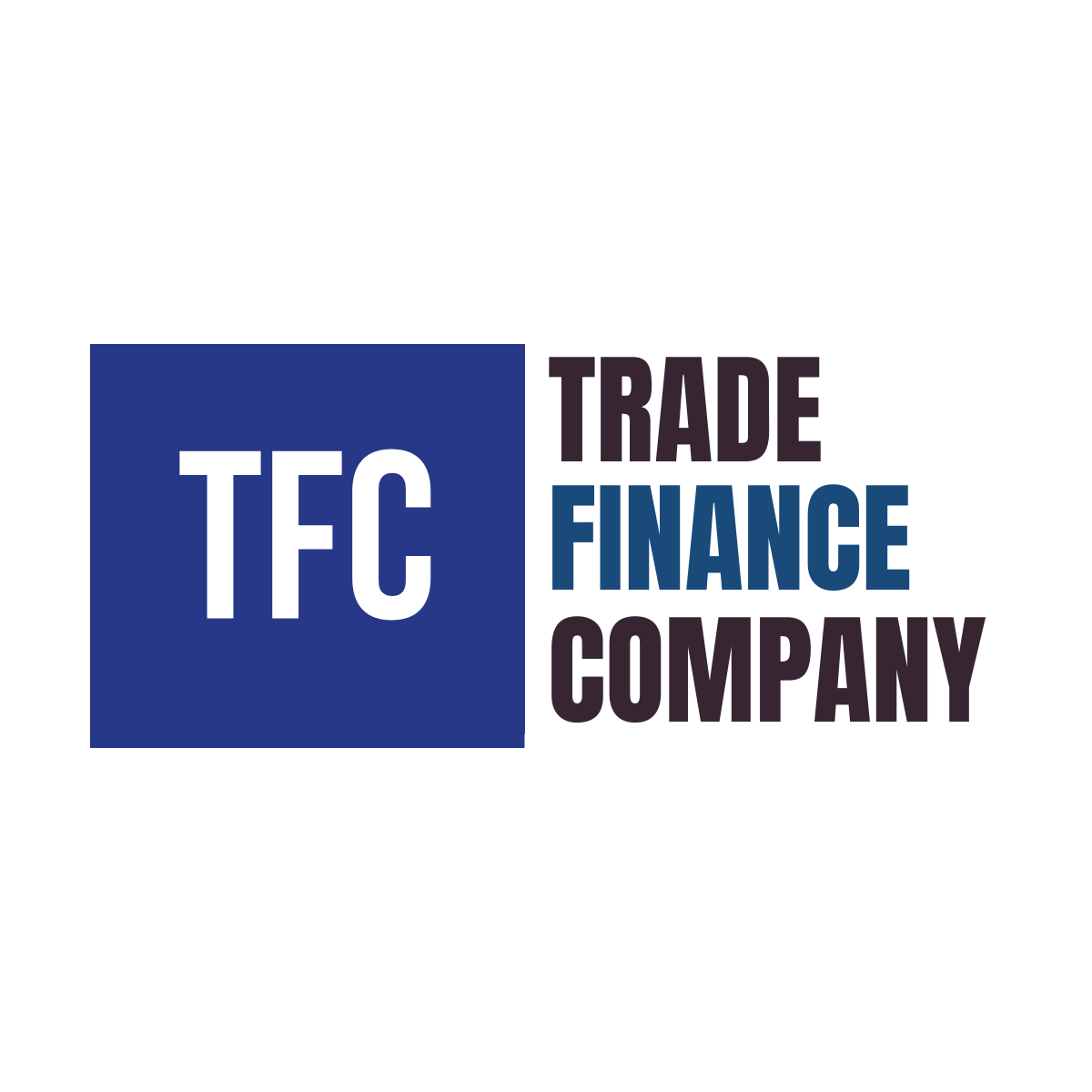How Trade Finance Facilitates International Trade
International trade is a driving force of the global economy, but it comes with significant financial risks. Businesses dealing across borders face challenges like delayed payments, currency fluctuations, and trust issues between buyers and sellers. Trade finance provides essential solutions that bridge these gaps, ensuring seamless transactions and mitigating financial risks.
By the end of this blog, you’ll understand how trade finance empowers businesses to engage in international trade with confidence. Whether you’re a small exporter or a multinational company, trade finance solutions can help you manage risks, improve cash flow, and unlock new growth opportunities.
Picture this: Securing a lucrative international deal, only to find out that the buyer is unwilling to pay upfront and you don’t have enough funds to fulfill the order. The fear of non-payment or financial loss can make businesses hesitant to expand globally. Trade finance solutions, such as letters of credit and bank guarantees, eliminate these uncertainties, allowing companies to trade smoothly without the fear of financial setbacks.

“Trade finance is the backbone of global commerce, enabling businesses to operate beyond borders with confidence.” – Mark Davidson, Trade Finance Specialist

In this article, you will learn how trade finance reduces risk and enhances global transactions. You will get familiarized with the most effective trade finance instruments available and learn the practical strategies for using trade finance to expand your business.
To successfully use trade finance to facilitate international trade, businesses must leverage the right financial instruments and strategies. Below are practical steps to help businesses mitigate risks, improve cash flow, and ensure smooth global transactions.
A. Use Letters of Credit for Secure Transactions
A Letter of Credit (LC) is one of the most effective tools for reducing payment risk in international trade. It acts as a guarantee from the buyer’s bank to the seller, ensuring that payment will be made once the agreed conditions are met.
How to Achieve It?:
• Negotiate the LC Terms Carefully – Work with the buyer to set clear terms, including shipping documents, timelines, and conditions for payment.
• Choose a Reputable Bank – Ensure that the issuing bank has a strong international presence and credibility.
• Verify Compliance Before Shipment – Ensure all documents, such as invoices, bills of lading, and certificates of origin, comply with the LC’s terms before submitting them to the bank.
By using an LC, businesses can trade with confidence, knowing that payments will be secured, reducing the risk of financial losses.
B. Mitigate Risk with Bank Guarantees
Bank guarantees provide financial security in case a buyer or seller fails to fulfill their contractual obligations. These guarantees serve as a safety net, ensuring that payment will be made even if one party defaults.
How to Achieve It?:
• Determine the Right Type of Guarantee – There are different types of bank guarantees, including performance guarantees, payment guarantees, and bid bonds. Choose the one that aligns with your trade agreement.
• Work with a Trustworthy Financial Institution – A reliable trade finance provider will issue guarantees that are internationally recognized and accepted.
• Maintain Transparency with Trading Partners – Clearly outline the guarantee’s terms with your buyer or seller to avoid disputes.
With bank guarantees, businesses can confidently enter global markets, knowing that their transactions are backed by financial protection.
C. Improve Cash Flow with Invoice Financing
One of the biggest challenges in international trade is managing cash flow due to long payment cycles. Invoice financing allows businesses to receive early payment on outstanding invoices, providing immediate liquidity to keep operations running smoothly.
How to Achieve It?:
• Select a Reputable Invoice Financing Provider – Choose a provider that offers flexible financing options and competitive interest rates.
• Submit Invoices for Financing – Once you issue an invoice to an international buyer, submit it to the financing provider to receive an advance payment.
• Repay the Advance After Receiving Payment from the Buyer – When the buyer completes the payment, repay the financed amount along with agreed-upon fees.
Using invoice financing, businesses can maintain a steady cash flow without waiting months for international payments to clear.
D. Work with an Experienced Trade Finance Provider
Navigating international trade finance requires expertise. Partnering with an experienced trade finance provider ensures that businesses receive tailored solutions for their specific needs.
How to Achieve It?:
• Research Potential Providers – Look for providers with a proven track record in international trade finance and strong relationships with global banks.
• Compare Financing Options – Evaluate different trade finance solutions, including LCs, bank guarantees, and factoring, to determine what works best for your business.
• Establish a Long-Term Relationship – Building a strong relationship with your trade finance provider ensures ongoing support and access to flexible financing options.
Having a reliable trade finance partner simplifies international transactions and minimizes financial risks.



